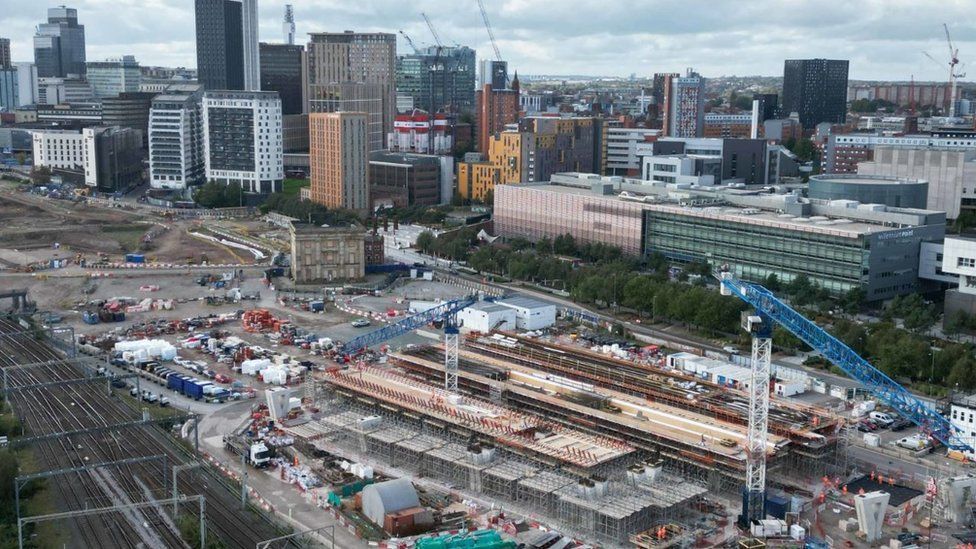A Picture Paints a Thousand Words
When it comes to understanding engineering changes to railway infrastructure, clarity is key. Yet, many System Definition (SD) documents consist of pages of dense text, making it challenging for readers to fully grasp the changes being made.
A System Definition is essential for complying with CSM RA Regulations, but it’s also crucial that it clearly communicates the scope of the engineering change. Instead of relying solely on long paragraphs, why not use diagrams to make the changes more understandable? Here are a few visual tools that can significantly improve comprehension:
• 𝗦𝘆𝘀𝘁𝗲𝗺 𝗖𝗼𝗻𝘁𝗲𝘅𝘁 𝗗𝗶𝗮𝗴𝗿𝗮𝗺 (𝗦𝗖𝗗): Define the system boundaries and interactions with its environment—one of the most effective diagrams to include in an SD.
• 𝗧𝗿𝗮𝗰𝗸 𝗗𝗶𝗮𝗴𝗿𝗮𝗺𝘀 𝗮𝗻𝗱 𝗦𝗶𝗴𝗻𝗮𝗹𝗹𝗶𝗻𝗴 𝗦𝗰𝗵𝗲𝗺𝗲 𝗣𝗹𝗮𝗻𝘀: Clearly define the geographic and functional boundaries of the changes.
• 𝗛𝗶𝗴𝗵-𝗟𝗲𝘃𝗲𝗹 𝗦𝘆𝘀𝘁𝗲𝗺 𝗔𝗿𝗰𝗵𝗶𝘁𝗲𝗰𝘁𝘂𝗿𝗲𝘀 𝗮𝗻𝗱 𝗜𝗻𝘁𝗲𝗿𝗳𝗮𝗰𝗲 𝗗𝗶𝗮𝗴𝗿𝗮𝗺𝘀: Show the technological and functional interfaces being altered.
• 𝗦𝘁𝗮𝗴𝗶𝗻𝗴 𝗗𝗶𝗮𝗴𝗿𝗮𝗺𝘀: Illustrate the stages of delivery, helping to identify the safety assurance activities needed at each stage.
Imagine if, when reading or creating an SD, you could easily visualize the entire system's changes. Wouldn't it be helpful if those unfamiliar with the program could understand the impact of the changes just by looking at the diagrams? Clear visualizations help bridge gaps and ensure all stakeholders are on the same page.
At HSRS, we specialize in creating comprehensive System Definitions for complex railway infrastructure projects. To see how we can help make your SD clear and effective, visit our website and learn more about our services.
Visit our services page to find out about HSRS system safety and engineering services.
To get in touch email us at contact@hsrsolutions.com or use our contact us form. We look forward to hearing from you.
Subscribe to our newsletter for more insights like this.












